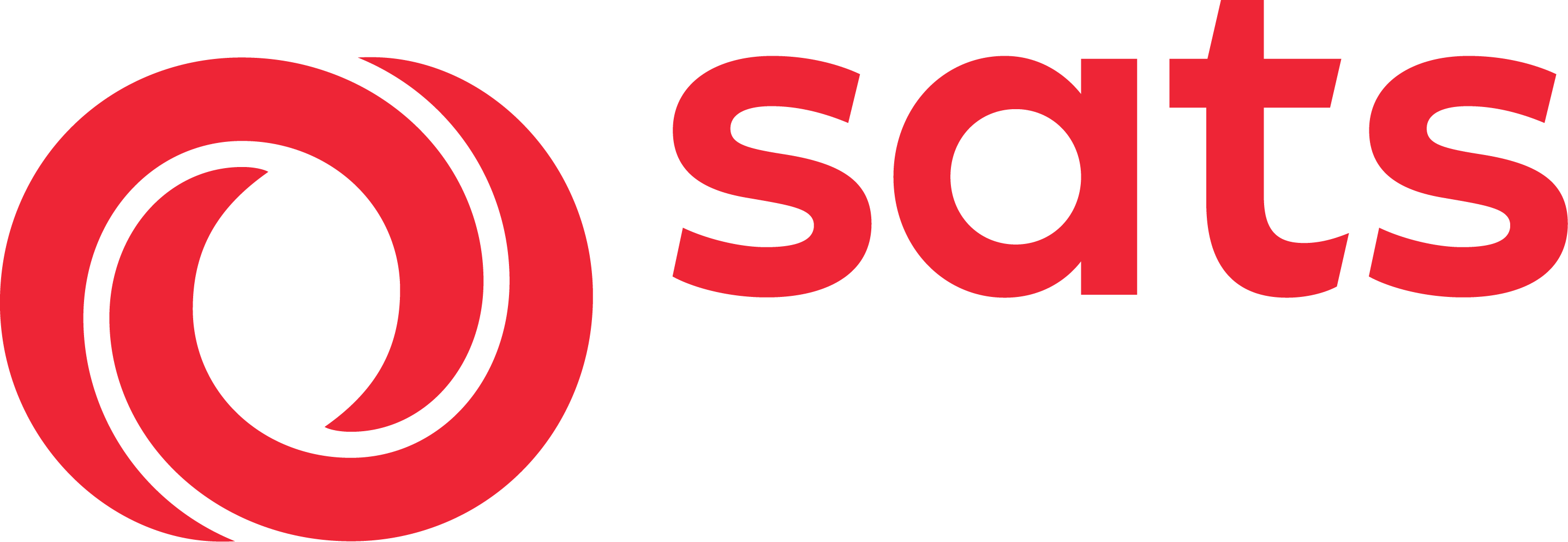Here’s how SATS helped transform the old Singapore Airlines casserole dishes into new, sustainable boxes: Bellamy Oon, Key Account Management
If you’ve been on a short-haul, economy flight on Singapore Airlines, you’ve probably seen these on your dinner tray:

Designed by both SATS and Singapore Airlines, these boxes (or doodle boxes as they’re known by the team that designed them) have replaced the long-used plastic casserole dishes on certain flights. The new shape, size and material allows for soupy or gravy-rich dishes to be served, which means a new, more exciting menu for passengers.
“It took sweat, tears and long hours to roll out these new boxes,” jokes Airline Catering Account Manager, Bellamy Oon, who was an integral member of the team that developed the boxes. This team also included folks from Catering’s Marketing Development, Culinary, and Equipment departments.
---edited.jpg?sfvrsn=38022d7_0)
It all started with a design-thinking workshop that SATS conducted with Singapore Airlines in 2019.
A bonding exercise of sorts, the workshop was conducted to help strengthen the partnership between companies and help each gain a better understanding of the other’s work processes. “At SATS we want to tear the walls down between us and our clients; it also allows us to take a closer look at the constraints and problems faced by both parties,” explains Bellamy.
The problem
One of the problems that was uncovered from the design-thinking workshop was the low food customer satisfaction scores on regional routes. High frequency short-haul routes meant repetitive menus to frequent travelers on these flights. This was also supported by passenger surveys, where many mentioned menu had largely remained the same and sterile.
“Casserole dishes that we serve on meal trays are shallow,” Bellamy points out, “because of its shape and how the foil cover does not provide a secure seal, we can’t include dishes that are too watery – this limited the menu.”
The solution
SATS began to look at the problem earnestly and determined that the answer was in the packaging. “We needed something that could allow us to serve a wider variety of food to improve customer experience onboard,” explains Bellamy.
Along with that, Bellamy and his team wanted to choose a design that would also help improve the flight crew’s efficiency during meal service and address SATS’ sustainability concerns. It took time, but they eventually arrived at the box’s current iteration:
.jpg?sfvrsn=91145782_0)
Leak-proof, made of FSC-approved paper materials, with a bowl-like design – it was precisely what would allow SATS to expand the Singapore Airlines’ regional menu and include dishes previously unavailable to economy class.
SATS’ team of chefs then worked to create over 40 new region-inspired and western dishes. Region-favourite dishes such as Congee, Mee Siam, SATS signature Laksa, fried Carrot Cake with prawns and more are available on the menu, together with comforting western dishes such as Braised Beef with Mushroom Ragout, Beef Goulash and more.
Environmentally-friendly
Aside from allowing SATS to expand the Singapore Airlines’ menu, the box was chosen specifically for its material as well. “Made of paper, the new meal concept not only saves weight but also sees a reduction of single-use plastics, thereby reducing the carbon footprint.”
Also, the new meal concept quickens cabin crews’ meal service clearing process: “previously the crew had to collect trays and slot it back into the cart, but with the paper boxes, they can now clip a trash bin to the inside of the cart, simply toss the boxes in and stack the trays at the top of the cart,” Bellamy added, “it sped up the clearing process and the boxes are returned to us to be fed into the bio-digester.”
Helping SATS reduce its volume of waste by more than half, this bio-digester processes soiled boxes and turns them into refuse-derived fuel (RDF) – pellets that are used for incinerators in Singapore. Bellamy makes special mention of Catering’s Equipment team, “they segregate the paper waste from the trash and feed it into the bio-digester to ensure a closed-loop solution.”
What’s next?
Riding on the success of this project, SATS has begun providing similar solutions to its other partners, such as Scoot. It has also started to transform the relationship towards being partners, rather than a traditional client-vendor one. The team looks forward to embarking more transformational projects with SIA.
With teams dedicated to the discovery of innovative solutions for airline partners and the acquisition of food packaging expert Monty’s Bakehouse, SATS is on its way to 100% sustainable packaging and a 50% reduction in carbon footprint by 2030.
The project team was recognised for their achievements at the 2021s PCEO awards. “It’s a great sense of satisfaction to see the product being flown on our national flagship carrier,” he shares.
Bellamy credits much of the project’s success to teamwork across CAT departments: Catering Marketing, Ops Teams in Culinary, Equipment, Production, as well as guidance from his reporting officer, Ms Ho Ee-Leng. “The culture at SATS is such that the bosses are usually open and supportive. If I’m in need of help, I’m comfortable looking for them,” he shares. “This is my first major project in this role and having their guidance, to keep me on the right track, has been such a benefit to myself and the success of the project.”

